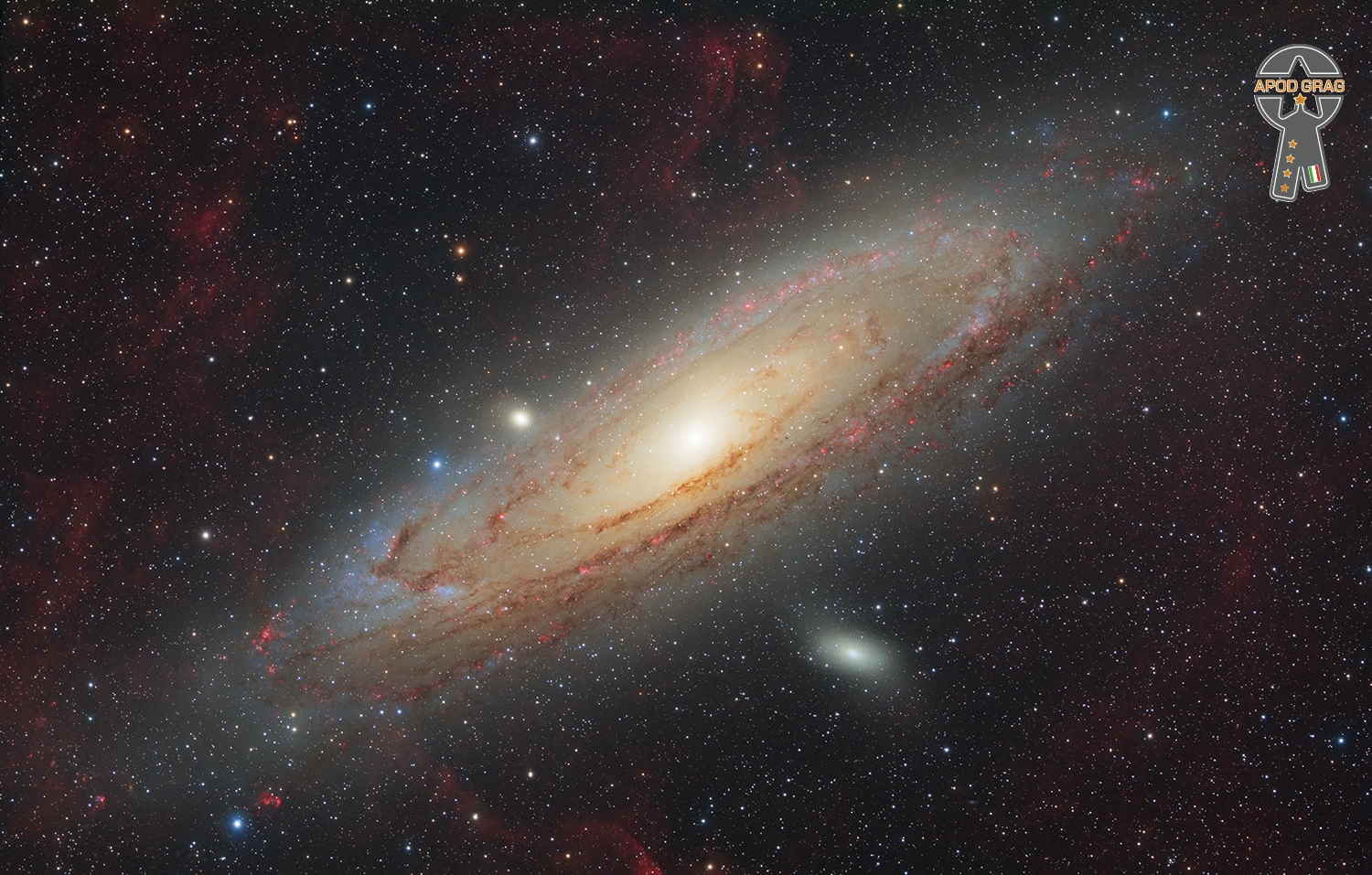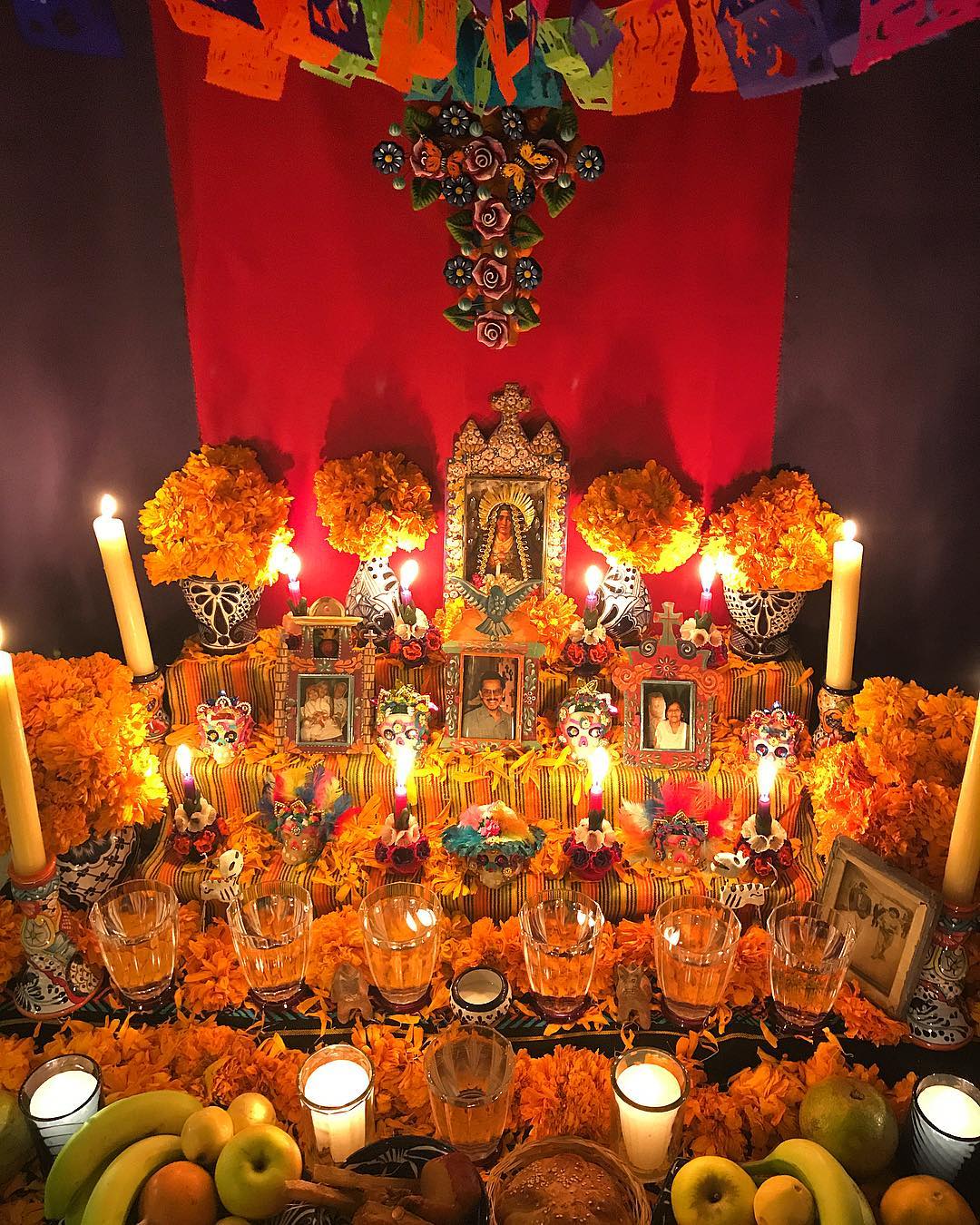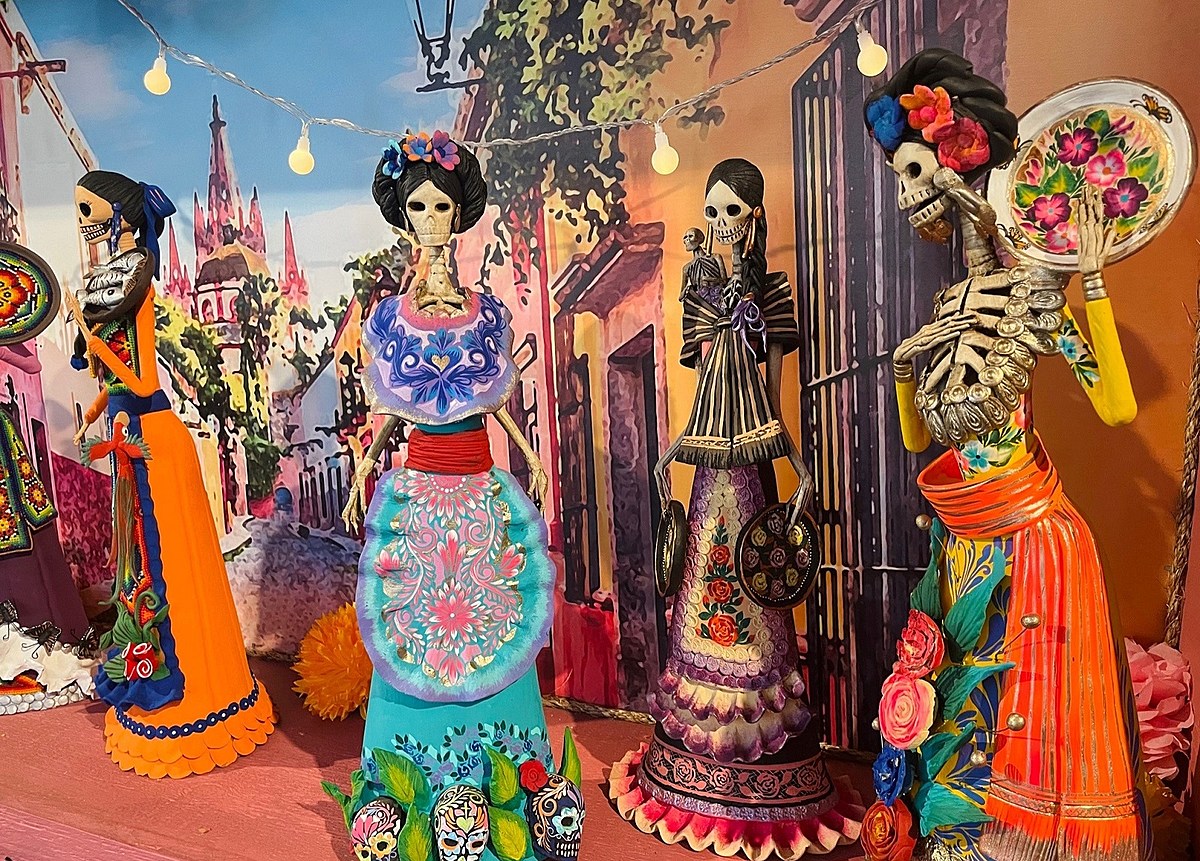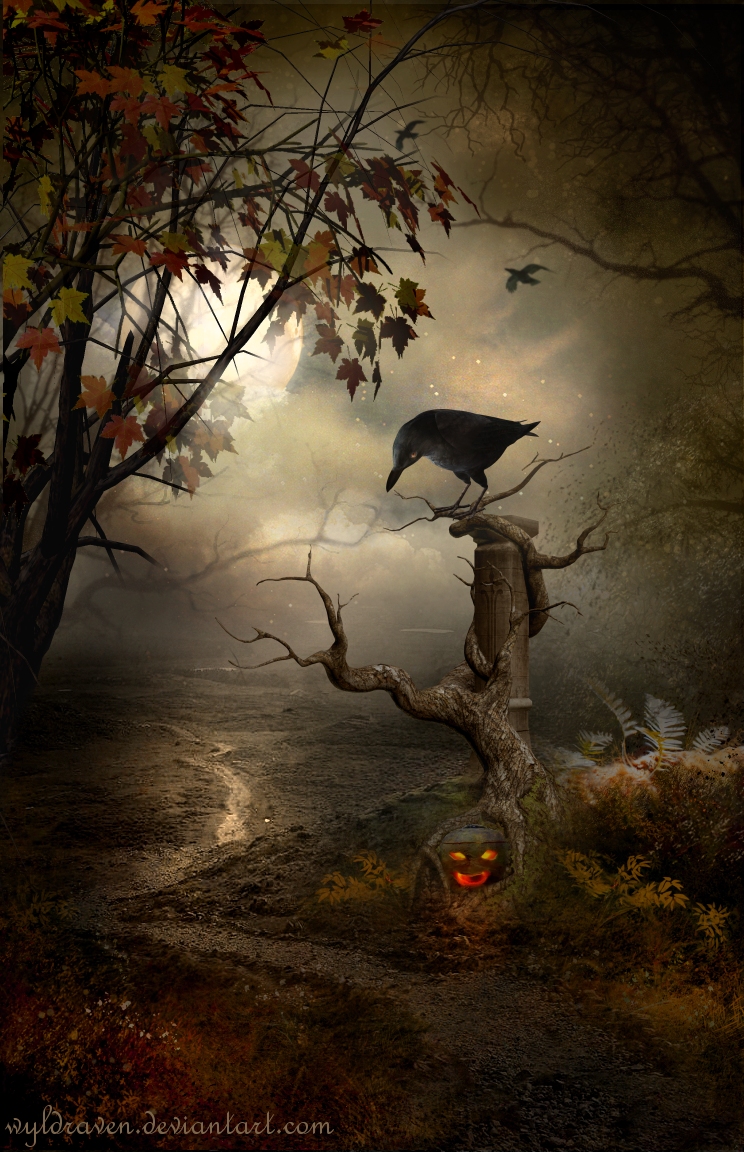Blog
Ruma Guha Thakurta (3 November 1934 – 3 June 2019) was an Indian actress and singer primarily associated with Bengali language films. She founded Calcutta Youth Choir in 1958.
Ruma Guha Thakurta was born on 3 November 1934 to Satyen Ghosh (Monty Ghosh) and singer Sati Devi.[3] Her family was culturally inclined to Brahmo Samaj, a societal component of Brahmoism. Sati was a trained vocalist and Bijoya Ray’s, wife of Satyajit Ray, elder sister’s daughter. Ruma Guha Thakurta began as a dancer. Later, she went to Almora Academy of Uday Shankar at Lahore to study dance. She started training in music at Swarabitan in Kolkata, which had been established by her parents. In later years, she studied under Abdul Rehman Khan of Patiala gharana, the Ustad of Nirmla Devi and Lakshmi Shankar in Bombay.
She married Kishore Kumar in 1951 and had a son Amit Kumar by this marriage. The couple divorced in 1958 and she married Arup Guha Thakurta in 1960. The couple had two children, Ayan and Sromona. Sromona is also a singer.
more...The purpose of this image was to highlight the hydrogen clouds surrounding the area of Andromeda galaxy. These clouds seem to be located in our own galaxy, and therefore in the foreground of the picture.
It took 56 hours of broad- and narrowband imaging (34 hours of Hydrogen alpha) to get this result. The Andromeda Galaxy, also known as Messier 31, M31, or NGC 224 and originally the Andromeda Nebula, is a barred spiral galaxy with diameter of about 46.56 kiloparsecs (152,000 light-years) approximately 2.5 million light-years (765 kiloparsecs) from Earth and the nearest large galaxy to the Milky Way. The galaxy’s name stems from the area of Earth’s sky in which it appears, the constellation of Andromeda, which itself is named after the princess who was the wife of Perseus in Greek mythology.

more...
Keith Noel Emerson (2 November 1944 – 11 March 2016) was an English keyboardist, songwriter, and record producer. He played keyboards in a number of bands before finding his first commercial success with the Nice in the late 1960s. He became internationally famous for his work with the Nice, which included writing rock arrangements of classical music. After leaving the Nice in 1970, he was a founding member of Emerson, Lake & Palmer (ELP), one of the early progressive rock supergroups. Emerson, Lake & Palmer were commercially successful through much of the 1970s, becoming one of the best-known progressive rock groups of the era. Emerson wrote and arranged much of ELP’s music on albums such as Tarkus(1971) and Brain Salad Surgery (1973), combining his own original compositions with classical or traditional pieces adapted into a rock format.
Following ELP’s break-up at the end of the 1970s, Emerson pursued a solo career, composed several film soundtracks, and formed the bands Emerson, Lake & Powell and 3 to carry on in the style of ELP. In the early 1990s, ELP reunited for two more albums and several tours before breaking up again in the late 1990s. Emerson also reunited the Nice in 2002 for a tour.
During the 2000s, Emerson resumed his solo career, including touring with his own Keith Emerson Band featuring guitarist Marc Bonilla and collaborating with several orchestras. He reunited with ELP bandmate Greg Lake in 2010 for a duo tour, culminating in a one-off ELP reunion show in London to celebrate the band’s 40th anniversary. Emerson’s last album, The Three Fates Project, with Marc Bonilla and Terje Mikkelsen, was released in 2012. Emerson reportedly had depression and alcoholism, and in his later years developed nerve damage that hampered his playing, making him anxious about upcoming performances. He died of a self-inflicted gunshot wound on 11 March 2016 at his home in Santa Monica, California. Emerson was widely regarded as one of the top keyboard players of the progressive rock era. AllMusic describes Emerson as “perhaps the greatest, most technically accomplished keyboardist in rock history”.
more...Ernest Dawkins (born 2 November 1953 in Chicago, Illinois, United States) is an American jazz saxophonist, principally active in free jazz and post-bop.
Ernest Khabeer Dawkins was a neighbor of Anthony Braxton as a child. He played bass and drums early in life before switching to saxophone in 1973. During that decade he began studying with members of the Association for the Advancement of Creative Musicians, such as Joseph Jarman and Chico Freeman, as well as at the Vandercook College of Music. He worked with Ed Wilkerson and the Ethnic Heritage Ensemble and Douglas Ewartbefore founding his own New Horizons Ensemble, which played regularly in Chicago into the 2000s, as well as at jazz festivals and on tour in Europe.
more...Philip Wells Woods (November 2, 1931 – September 29, 2015) was an American jazz alto saxophonist, clarinetist, bandleader, and composer.
Woods was born in Springfield, Massachusetts. After inheriting a saxophone at age 12, he began taking lessons at a local music shop. His heroes on the alto saxophone included Benny Carter and Johnny Hodges. He studied music with Lennie Tristano at the Manhattan School of Music and at the Juilliard School. His friend, Joe Lopes, coached him on clarinet as there was no saxophone major at Juilliard at the time and received a bachelor’s degree in 1952. Although he did not copy Charlie Parker, Woods was known as the New Bird, a nickname also given to other alto saxophone players such as Sonny Stitt and Cannonball Adderley.
more...https://www.youtube.com/watch?v=ZGejrCElgYE
more...the Lobster Nebula forming some of the most massive stars known? No one is yet sure. Cataloged as NGC 6357, the Lobster Nebula houses the open star cluster Pismis 24 near its center — a home to unusually bright and massive stars. The overall red glow near the inner star forming region results from the emission of ionized hydrogen gas. The surrounding nebula, featured here, holds a complex tapestry of gas, dark dust, stars still forming, and newly born stars. The intricate patterns are caused by complex interactions between interstellar winds, radiation pressures, magnetic fields, and gravity. The image was taken with DOE‘s Dark Energy Camera on the 4-meter Blanco Telescope at the Cerro Tololo Inter-American Observatory in Chile. NGC 6357 spans about 400 light years and lies about 8,000 light years away toward the constellation of the Scorpion.

Lyle Pearce Lovett (born November 1, 1957) is an American singer, songwriter, actor and record producer. Active since 1980, he has recorded 13 albums and released 25 singles to date, including his highest entry, the number 10 chart hit on the U.S. Billboard Hot Country Songs chart, “Cowboy Man”. Lovett has won four Grammy Awards, including Best Male Country Vocal Performance and Best Country Album. His most recent album is 12th of June, released in 2022.
Lovett was born in Houston, Texas, when his family lived in the nearby community of Klein. He is the son of William Pearce and Bernell Louise (née Klein) Lovett, a marketing executive and training specialist, respectively. He was raised in the Lutheran Church–Missouri Synod. Lovett attended Texas A&M University, where he received Bachelor of Arts degrees in both German and Journalism in 1980. In the early 1980s, Lovett often played solo acoustic sets at the small bars just off the A&M campus.
more...Lou Donaldson (born November 1, 1926) is an American retired jazz alto saxophonist. He is best known for his soulful, bluesy approach to playing the alto saxophone, although in his formative years he was, as many were of the bebop era, heavily influenced by Charlie Parker.
Donaldson was born in Badin, North Carolina, United States. He attended North Carolina Agricultural and Technical State University in Greensboro in the early 1940s. He enlisted in the U.S. Navy during World War II and was trained at the Great Lakes bases in Chicago where he was introduced to bop music in the lively club scene.
more...Sippie Wallace (born Beulah Belle Thomas, November 1, 1898 – November 1, 1986) was an American blues singer and songwriter. Her early career in tent shows gained her the billing “The Texas Nightingale”. Between 1923 and 1927, she recorded over 40 songs for Okeh Records, many written by her or her brothers, George and Hersal Thomas. Her accompanists included Louis Armstrong, Johnny Dodds, Sidney Bechet, King Oliver, and Clarence Williams. Among the top female blues vocalists of her era, Wallace ranked with Ma Rainey, Ida Cox, Alberta Hunter, and Bessie Smith.
In the 1930s, she left show business to become a church organist, singer, and choir director in Detroit and performed secular music only sporadically until the 1960s, when she resumed her performing career. Wallace was nominated for a Grammy Award in 1982 and was inducted into the Michigan Women’s Hall of Fame in 1993.
Wallace was born in the Delta lowlands of Jefferson County, Arkansas, one of 13 children in her family. Wallace came from a musical family: her brother George Washington Thomas became a notable pianist, bandleader, composer, and music publisher; a brother Hersal Thomas, was a pianistand composer; her niece Hociel Thomas (George’s daughter) was a pianist and composer.
more...More Posts
- The Cosmos with NGC 6814
- Henry Threadgill Day
- Harold Arlen Day
- World Music with Antonia Jiménez
- Daily Roots with King Horror
- Happy Valentines Day 2019
- Echos of Freedom by Rabindranath Tagore
- The Cosmos with Westerhout 5
- Tim Buckley Day
- Merle Saunders Day
- Fernando Sor Day
- World Music with ALASH
- Daily Roots with the Prophets
- Echos of Freedom by James Baldwin
- The Cosmos with NGC 7923
- Peter Gabriel Day
- Wardell Gray Day
- World Music with Yeni Türkü
- Daily Roots with Culture
- Echos of Freedom by Aung San Suu Kyi



